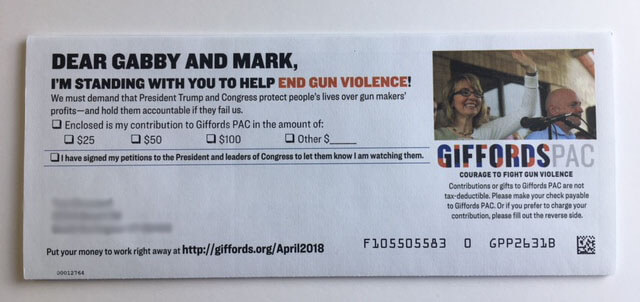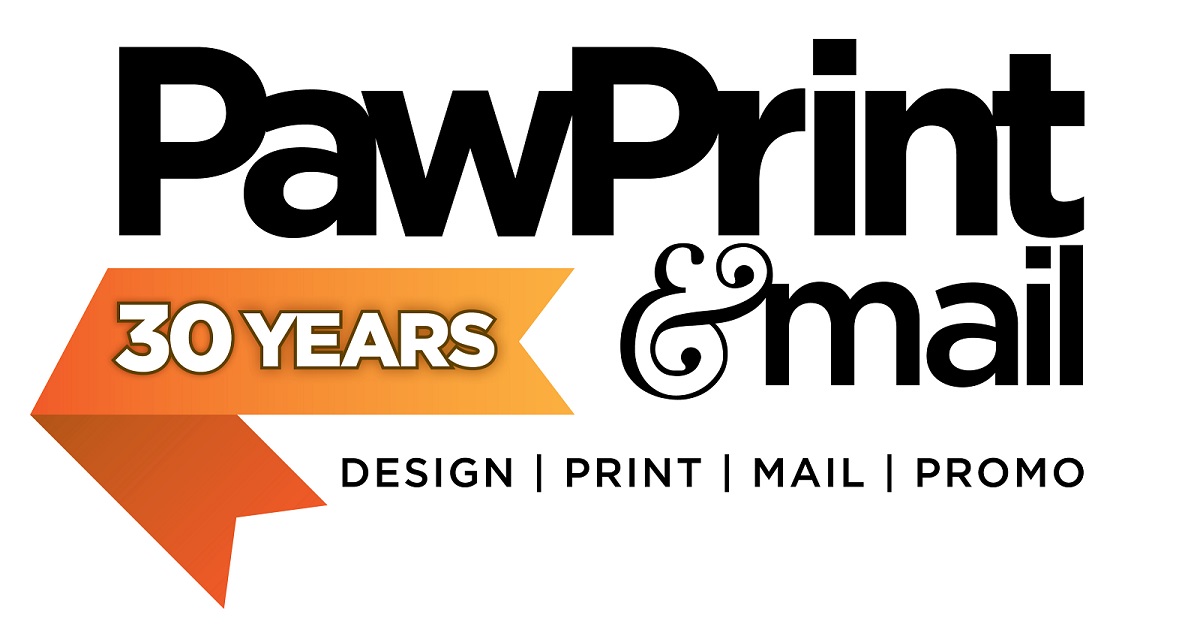Consider your most recent fundraising appeal. How did it go? Did it hit the right note? Or did it not quite achieve what you hoped it would?
When it comes to appeal letters, small changes can make a big difference. Here are some helpful tips to consider before you sit down to write your next appeal.
Content is Critical
- Be Donor-Centric
When writing an appeal letter for your organization, it’s easy to fall into writing about your organization too much. Instead, keep the focus on the donor. Your donors will want to know some details. However, focusing on donors and the impact of their gifts will keep them engaged with your appeal longer.
The hierarchy of your appeal content should be as follows:
- The donor and the effect of their giving
- The cause
- Your organization
- Write to ONE Person

Your message may apply to many donors. But write as if you’re speaking to just one: the donor who’s holding your letter in their hands. You want that one donor to feel that they’re the most important part of the appeal, and that their individual gift matters.
- Focus on one USP (Unique Selling Proposition)
Here, we take a tip from the marketing world. Sometimes, an appeal letter (or an ad) is asking the intended audience to do several different things. If you’ve got too many different calls to action, a donor is less likely to respond to any of them. It’s best to keep your focus on one major point, the one action you want the donor to take or a compelling reason for them to take that action: your USP.
And, mention your USP many times throughout the letter. Readers tend to skim and jump around an appeal letter, rarely reading it from beginning to end initially. If you place your USP in multiple locations (try making it bold or underlining it!) a reader is more likely to understand your message and remember it.
Maybe your call to action or USP is asking for gifts to build a new facility. Make sure your letter communicates what the facility is, why it’s important it be built, and what outcomes it will achieve. Help give the donor some context about why their gift is needed.
- Make Your Ask Early in the Appeal
As we mentioned, recipients are not very likely to begin reading your letter at the beginning. And if they’re interested enough, after skimming the letter, to go back and read from the beginning, it doesn’t mean they’ll finish reading the entire thing. Generally, it’s recommended to make your ask within the first 1 to 3 paragraphs. While you may need to set the context of the letter a bit to make the reasons for the ask more compelling, you want to make it clear early on what you are asking of your donors.
- Be Relatable
An appeal letter can sound professional without feeling formal. You want the donor to feel they can relate to your organization and its mission. Don’t be afraid to write in a conversational tone and try to avoid lots of technical words or jargon.

One way that we help make ourselves relatable to others is by telling stories. You could frame your appeal around the story of someone who has been positively affected by your organization. A good story can go a long way toward making your message memorable and relevant for the donor.
Improving Appeal Readability
- Short Paragraphs Have Long Impact
When faced with a large block of text, what do you do? Maybe you sigh, and slog through it if you have to. Or maybe you skip over it altogether, looking for smaller areas of text that you can read more quickly.
On the other hand, shorter paragraphs, ideally of one to two sentences, are quicker to read and are more likely to be read. Shorter sentences also help to create a sense of urgency in your message.
- Prepare for Skimmers!
I hate to tell you this, but the majority of readers will skim your letter, at least at first—sorry! However, you can write your letter with skimmers in mind to make sure they’ll catch the important points and be more engaged. Try to:
- Write in single sentence paragraphs
- Bold or underline the critical parts of the text you want the donor to see
- Use bullets to list out short key points, rather than writing them as one long sentence
- Maintain A Sense of Urgency

A donor understands that your nonprofit needs gifts in order to function. But why do you need their funds right now? You want your copy to reflect that there is limited time to make a gift in order for things to happen; or, that things can’t happen until that gift is made.
- Write With Grade Level in Mind
Have you heard of Flesch-Kincaid? This is a scale that determines how easy or difficult it is to read a piece of written material. You can easily measure the Flesch-Kincaid level of your appeal letter in Microsoft Word.
There are two numbers to take note of – the Flesch Reading level, a scale of 1 to 100, measures the general ease of readability. The higher the number, the easier your text is to read.
The Flesch-Kincaid level focuses on the readability of text by grade level. It’s recommended that when communicating with a general audience, a piece be written between a 6th and 8th grade reading level. It can be a bit misleading, as you may think that writing to a 6th grade level means you’re talking down to your audience. Don’t worry—writing at this level helps to ensure you’ll be understood by a wider audience. And it rarely sounds as if you’re talking down. (For example, this blog was written at a grade level of 7.9)
- Caption Your Photos
If you include photos, it’s best practice to provide captions. Captions are a portion of a letter that are often read, and they can help add a personal touch to the picture and tell your story.
The Mailing Side

The following mailing format is generally considered the most successful in terms of response rates:
- A Personalized Letter: this means the letter is addressed to “Dear Jane” rather than “Dear Friend.” You can also have slightly different versions of a letter with certain sentences or paragraphs personalized for different segments of your audience.
- Outer #10 Envelope with Teaser Copy: adding a tagline or teaser about what’s inside the envelope helps to provide interest and increase the chances an envelope will be opened.
- Separate Reply or Donor Card: having a donor card that’s printed with your call to action, some pre-printed gift amounts, and is easy to fill out increases the chance that the donor will make a gift on the spot. A good tip is to personalize the donor card as well—by prepopulating the card with the donor’s contact information, it’s even easier to fill out the card. The donor simply selects their gift amount and sends off the gift in…
- Your included remittance envelope printed with your mailing info.
If some of your recent appeals didn’t perform as well as you’d hoped, compare them to this list and see where there may be room for improvement. Try any one (or all) of these tips and track how response rates change!
At Paw Print, we specialize in direct mail fundraising appeal production. Give us a call at 802-865-2872 for assistance with designing, writing, printing, and mailing your next appeal.

